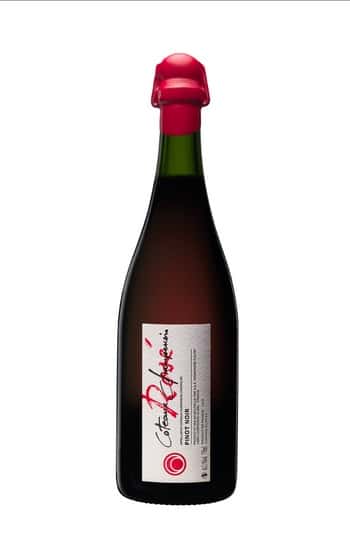
Coteaux Champenois rose, 2017, Champagne Fleury, 0,75 l
60,00 €
Spoznajte rose vino, pridelano po metodi solera. Združuje strukturo letnika 2017, telo 2018 in eleganco letnika 2019. Rose izraža vabljive arome malin in gozdnih sadežev, v ustih pa začutimo igrivo svežino. Popolno poletno vino za druženja s prijatelji.
Availability: 6 in stock
Fleuryjeva najnovejša izdaja vina! Letnik 2021 je prvi letnik tega fantastičnega roseja. Coteaux Champenois.
Združuje strukturo letnika 2017, telo 2018 in eleganco letnika 2019. Rezultat je uravnoteženo, živahno vino, nepogrešljivo za tople poletne večere.
To vino globoko rožnate barve z rubinastimi odtenki izraža vabljive arome malin in gozdnih sadežev. Okus je mineralen, z igrivo svežino, ki ji sledijo zaznave po sočnem, zrelem sadju. Popolno poletno vino za druženja s prijatelji.
| Weight | 1,5 kg |
|---|---|
| Volume | 0,75 l |
| Region | Champagne |
| Wine style | Light rose wine |
| Recommended temperature | 6-8 °C |
| Ageing potential | up to 5 years |
| Variety | Blue Pinot |
| Yearbook | 2017 |
| House | Champagne Fleury |
| Alcohol level | 11 % |
| Country | FRANCE |
| Vinification | Kratka maceracija, sistem solera – letniki 2017, 2018, 2019, 24 mesecev v tankovskih posodah pred stekleničenjem |
| Food matching | Narezki, mediteranski tapasi, morska hrana, teletina, jagnjetina |
| Colour | Pink |
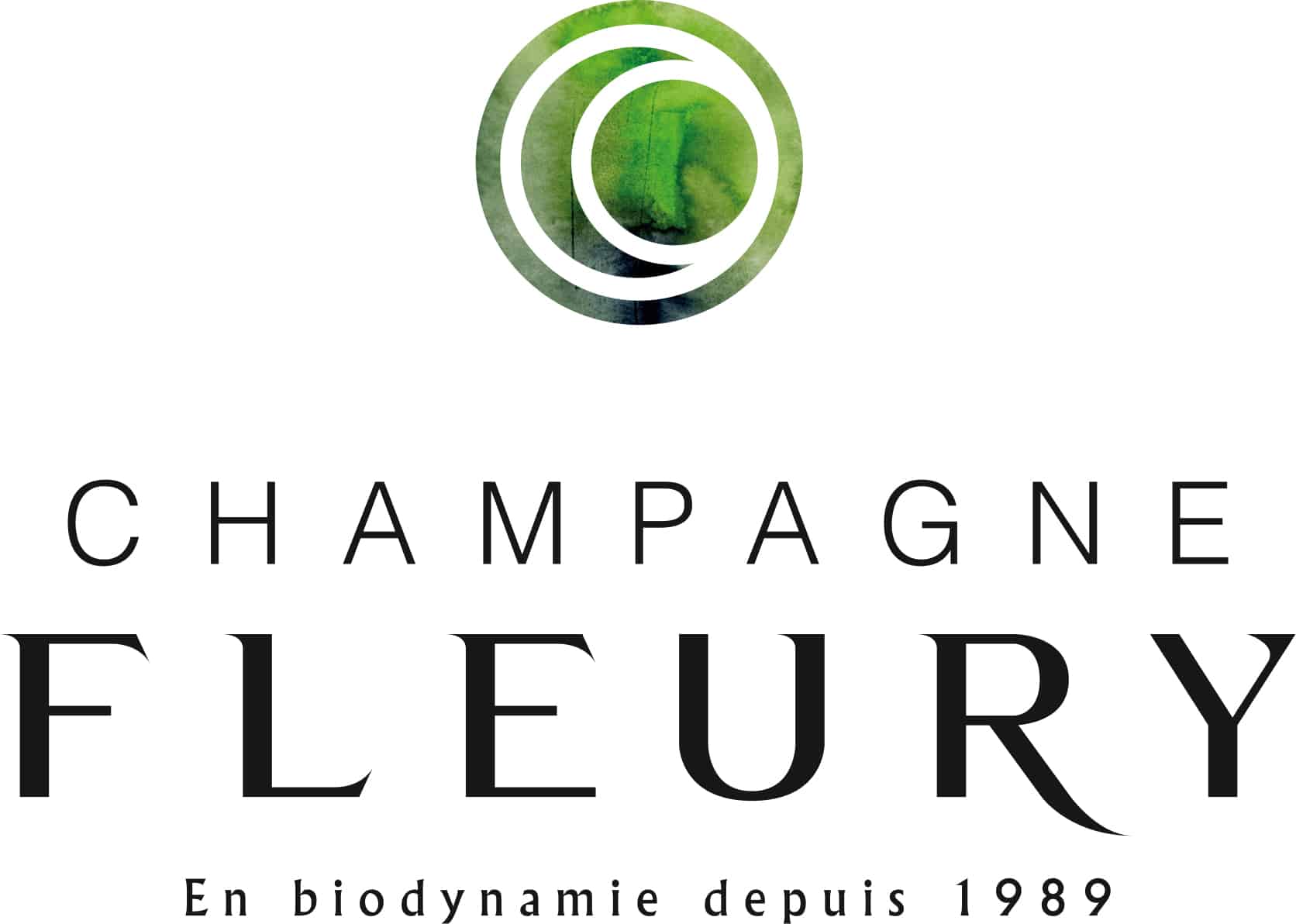
In Courteron, in the heart of southern Champagne in the Côte des Bar, the Fleury estate was founded in 1895, nestled amongst clay and limestone hillsides. The family's passion for viticulture was fuelled by the philosophy of biodynamics, which gave new meaning to their viticulture. To be respectful of the natural and living heritage of this terroir, where the guardians of the land humbly and repeatedly learn to balance nature. Today, Domaine Fleury is run by the 4th generation. The estate is above all a family story of shared passion and innovation in the art of winemaking in harmony with nature. Today, under the drive and wisdom of Jean-Pierre, his three children continue to keep the Fleury galaxy turning. Innovation has always played a key role in the Fleury family. Each generation has had to create new approaches in difficult times. In the early 20th century, Emile Fleury was bold enough to graft the first blue pinot vines in the region after the devastating phylloxera invasion. When the economic crisis hit in 1929, his son Robert Fleury rescued his small wine-growing business by going into champagne production. Jean-Pierre Fleury took over in 1970 and in 1989 became the first to apply biodynamic practices in the vineyard, first only partially and then fully in 1992. And let's not forget Morgane Fleury, the actress and sommelier who developed a new concept for an organic wine bar in the heart of Paris. Jean-Sébastien is also an innovator in the field of wine production, experimenting with grafting techniques in the vines, as well as re-introducing horses to work on specific plots. He set up a 'barrel gallery' and created the first sulphur-free wines in the area. Benoît is currently experimenting with mass selection and agroforestry as new ways of growing vines in symbiosis with the environment. As a young winemaker in the late 1960s, Jean Pierre Fleury was already questioning the harmful effects of the chemicals he was using on a daily basis to interfere with nature. This was brought to his attention by Rachel Carson's 1962 book 'The Silent Spring', which raised awareness about the environmental impact of pesticides and other chemicals. He felt the urge to leave his children a healthy earth. His childhood passion for astronomy and discovering other cultures (especially Japanese) sustained his fascination with the relationship between the sky and the earth, which eventually led him to take up biodynamics in 1989. The love of the earth is undoubtedly in the Fleury family genes, but the true spirit of Champagne lies both in the wonders of nature and in man's ability to enhance it by understanding the close links between the micro and macrocosm. A sensitivity to the relationship between heaven and earth, combined with the power and harmony of life, are at the heart of biodynamic practices.
Related products
-
Add to wishlistRemove from wish listAdd to wishlist
-
Champagne Fleury
4 Cepages brut nauture, 2014, Champagne Fleury, 0,75
Rated 0 out of 5111,50 € Add to basketAdd to wishlistRemove from wish listAdd to wishlist -
Champagne Fleury
Rose de Saignee Extra Brut, Champagne Fleury, 0,75
Rated 0 out of 564,00 € Check stockAdd to wishlistRemove from wish listAdd to wishlist -
Champagne Fleury
Coteaux Champenois rouge, 2018, Champagne Fleury, 0,75 l
Rated 0 out of 554,00 € Add to basketAdd to wishlistRemove from wish listAdd to wishlist



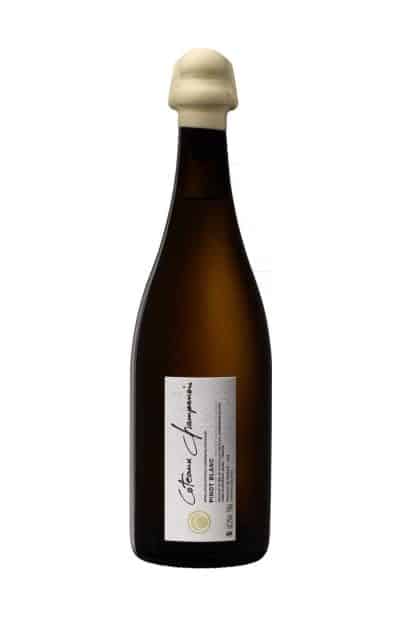
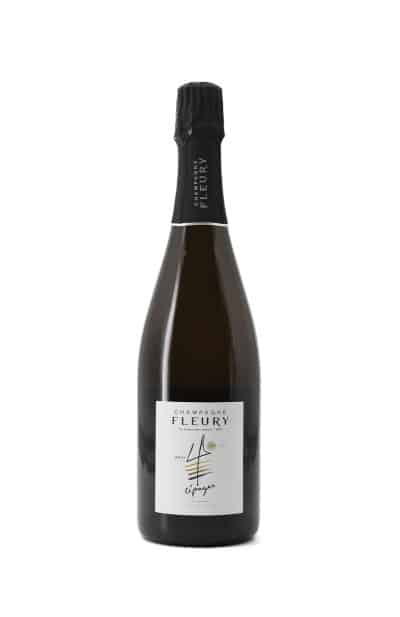
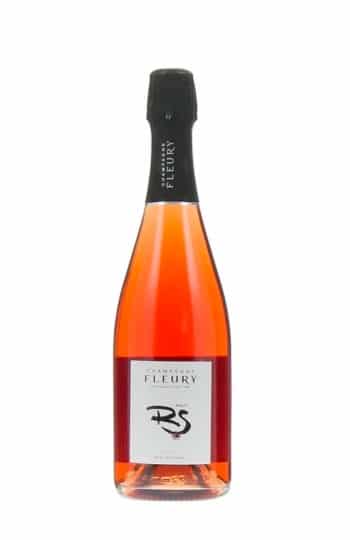
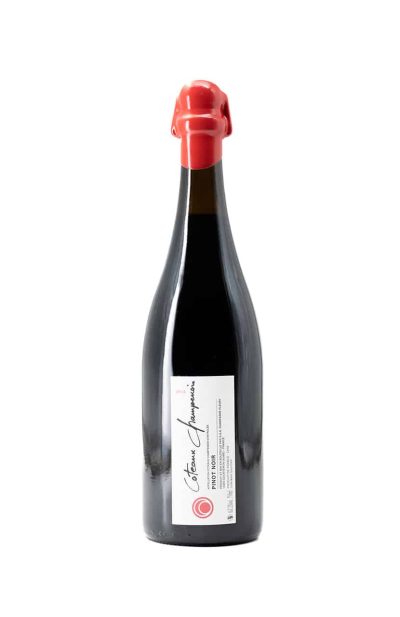

Reviews
There are no reviews yet.